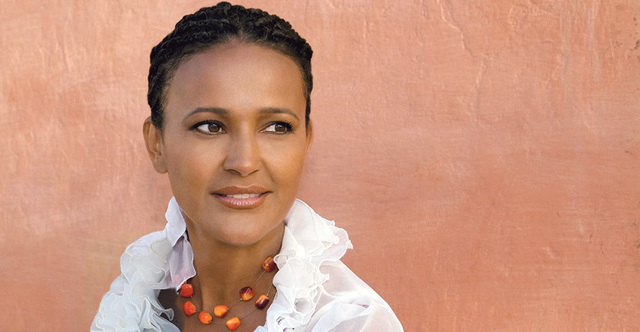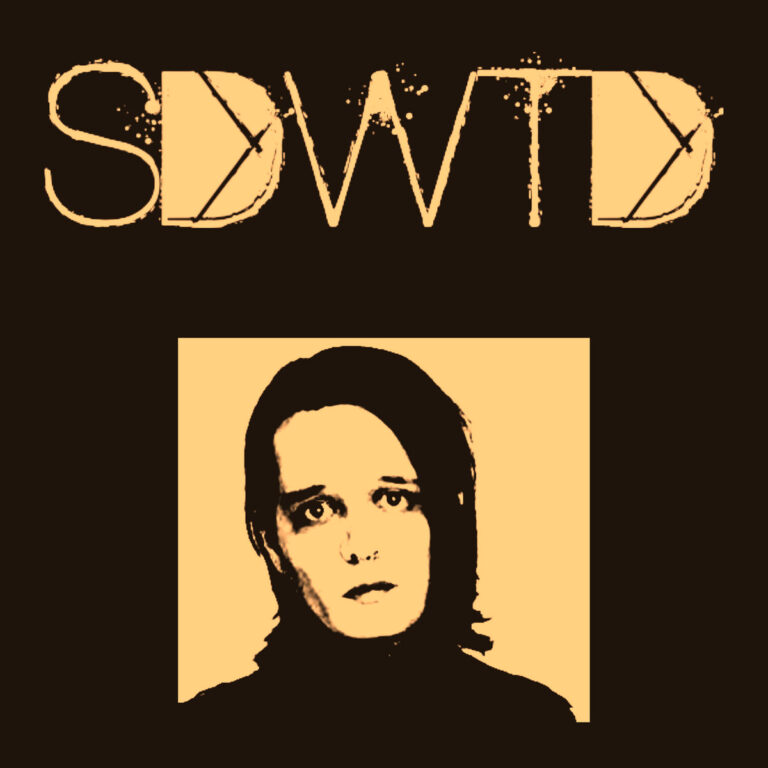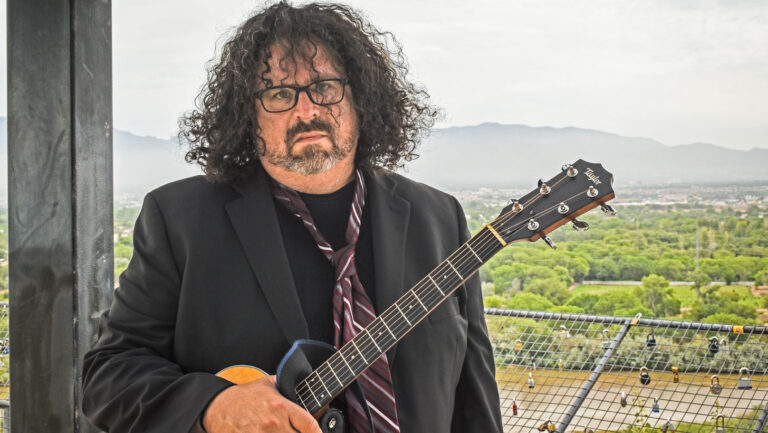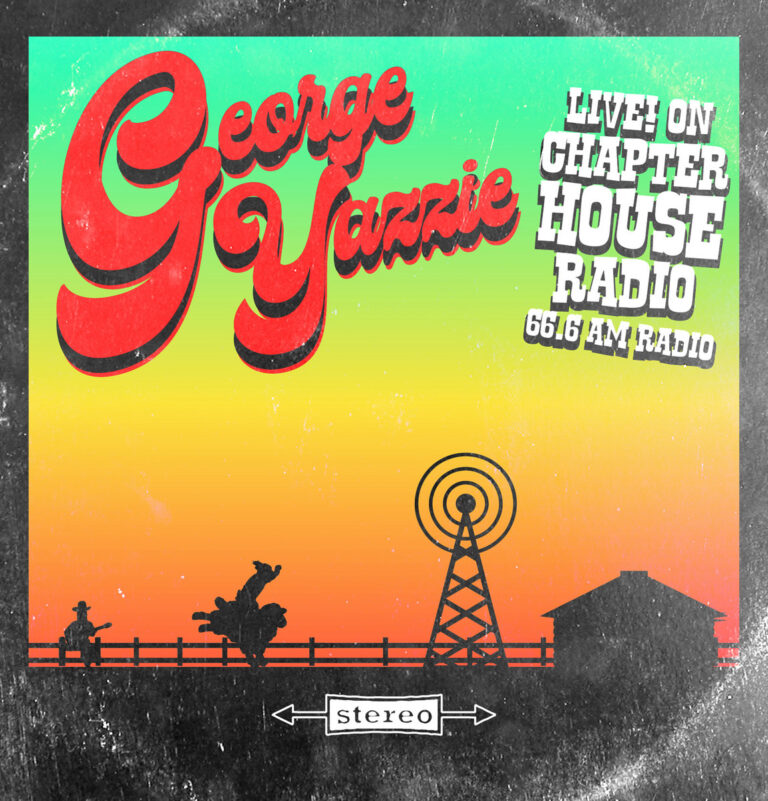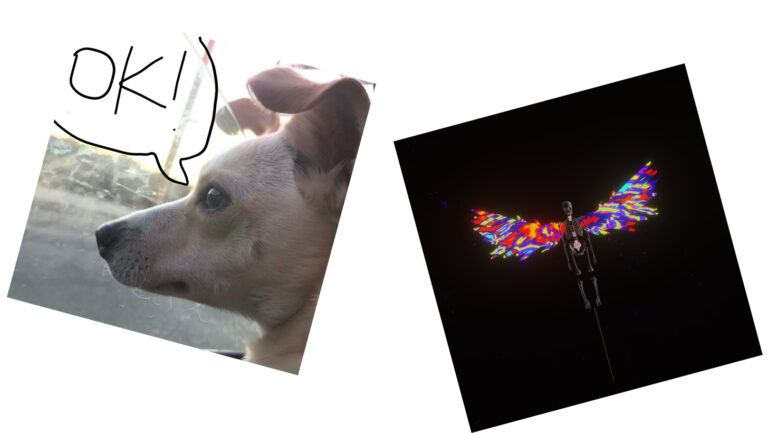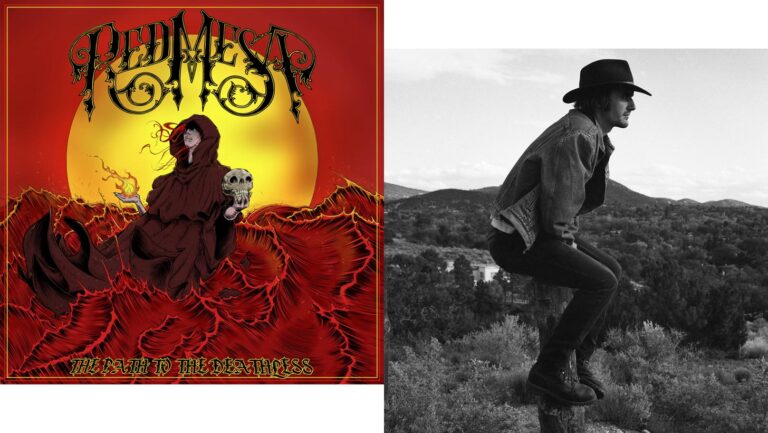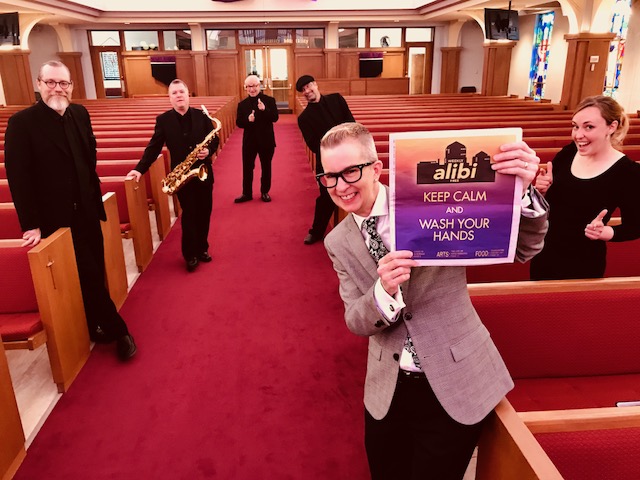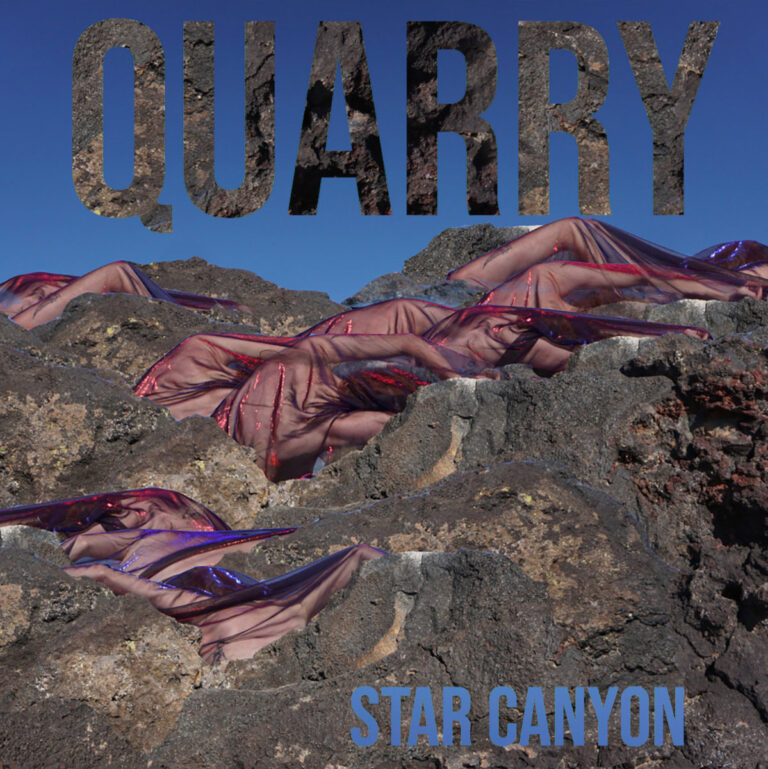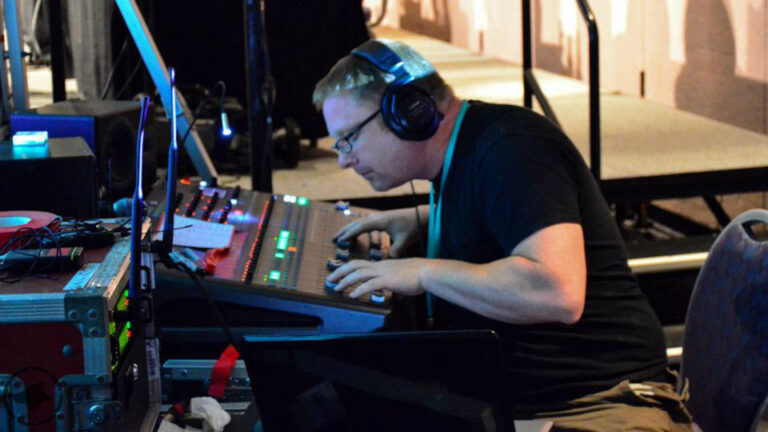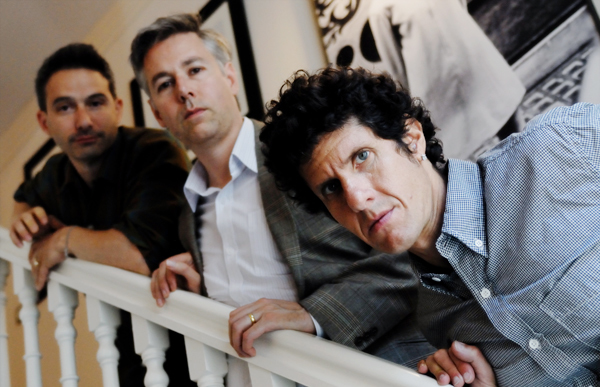An Ocean of Influences
Situated in mid-Atlantic shipping lanes, the former Portuguese colony of Cape Verde carries influences from Europe, Africa and the New World to create distinct and captivating music that ranges from sorrowful mornas —Évora’s specialty—to celebratory coladeiras, all fueled by insistent, seductive rhythms that draw on the traditions of Cuba, West Africa, Argentina and Portugal.“Cape Verdean music is a blend of many, many different rhythms. I think that’s why, when people listen to Cape Verdean music, it grabs them right away,” de Barros says. “Because they hear in it something that sounds familiar to them.”Like the islands where her parents were born, de Barros herself has blended a variety of influences into her own music while honoring the traditions of her ancestors. Born in Senegal, she was raised in Mauritania, a former French colony. “I went to school speaking French and being around other cultures. At home, it was 100 percent Cape Verdean. We ate our food, we spoke our language,” she says. “My parents made sure we really had our roots engraved in us.”Emigrating to the United States when she was 13, her family settled in Rhode Island, home to a large expatriate C.V. community. “I felt like I had moved to Cape Verde,” de Barros says. “That’s when I became even more involved in my culture.”It’s also when she was exposed to a new world of music—from the pop songs of Stevie Wonder to Mexican folk music—all of which has insinuated itself into her sound.A “Feel-at-Home” Feeling
Her third release, Morabeza (C.V. Creole for “kindness, friendliness, hospitality,” says de Barros), employs traditional instrumentation—such as clarinet, guitar, harmonica, accordion, percussion—giving the sound an antique, Old World feel. The songs range from de Barros’ “Reggadera,” which blends reggae and traditional coladeira rhythms, to Jorge Barbosa’s “Djam Crebu Ma N’Ca Ta Frabu,” which was a hit 40 years ago in Cape Verde. Supple, haunting melodies and rhythms define each and every one, from the ballads to the burners.The vocals—imagine a blend of Évora and Erykah Badu—and arrangements add a contemporary zing that throws the traditional sensibilities into high relief and validates their essential timelessness.“I take the traditional music of Cape Verde,” says de Barros, “and then I add the contemporary touch of my voice … and also the arrangements are a little more contemporary than usual.”The orchestral arrangements—credited to Danny Luchansky—are, in fact, a little more in tune with de Barros’s vocal stylings than any singer has the right to hope for, with exceptional contributions from all the musicians. Morabeza quite simply makes you feel good, down deep in your veins, offering both entertainment and a kind of sacrament.“To me, music is a way to communicate with people, and especially where I come from, a way to educate people about another country or another culture—sort of like taking them on a trip,” says de Barros.Sort of like ¡Globalquerque!— Maria de Barros appears at ¡Globalquerque! on Friday, September 25, at 9:10 p.m. Blick Bassy
Blick Bassy
 Indian Ocean
Indian Ocean
 Kusun Ensemble
Kusun Ensemble
 Doyle Lawson
Doyle Lawson
 Robert Mirabal
Robert Mirabal
 Nation Beat
Nation Beat
 Väsen with Darol Anger & Mike Marshall
Väsen with Darol Anger & Mike Marshall
 ¡Viva la Pepa!
¡Viva la Pepa!
